Written by Marina French, PLA
We design the garden, then a contractor — and sometimes the homeowner — buys and installs the plants. This is part one of a three-part series by restoration designer and landscape architect Marina French describing why plant costs and store prices vary, and finally, our favorite quality plants that won’t break the bank.
Photograph by Nico Paix.
What determines how much a plant costs?
Like it or not, fall is here. Little signs have emerged around me: that crispness in the air, the theme music of NFL Sunday on TV, cravings for soup, and that urge to tidy.
I think most people, like me, turn indoors this time of year BUT — know this — it is also the best time of year to plant outside.
The temperatures are still warm, but the rain keeps new plantings watered and happy. By the time spring rolls around their roots are established and the plants thrive. So if you have some planting or transplanting in mind — now is the time!
But once I'm at the nursery, it can be overwhelming...
Garden Center photo by Bradley Gordon.
I scan the aisles and the swaths of green and sprays of colorful flowers become a blur. I get a little closer and they become more distinct; some leaves are glossy, while others are fuzzy; some flowers are big and bold, while others are floating fluff. I start to pick out this one and that because I like the colors and shapes. But once I’m even closer I realize that the plant in one hand is $4.99, and the one in the other hand is $17.99. What gives?
Why do some plants cost so much more than others?
The basic biology that influences the cost of a plant is its age and how easy it is to grow and reproduce. If a grower can throw down some seed and have a flowering plant in no time – that’s easy. If a grower must care for a very fussy plant for 100 years before a seed can be collected… well, that’s not going to be profitable. A great example is the category of dwarf conifers- very slow growing, and not cheap.
What makes a plant easy to grow?
Firstly, its tolerance for different environmental conditions: if it has a high tolerance for a wide variety of conditions such as temperature, sun exposure, and soil moisture, that makes it easy to grow.
Secondly, its growth rate (the time it takes to go from a seed to a store-ready plant): if it has a fast growth rate, it will be cheaper to reproduce and sell.
Not all plants are grown from seeds, however. There are plants that flower or form seeds very rarely. These plants are propagated through other means: cuttings or divisions. Cuttings are taken from stems, or rhizomes are divided to make new plants that are clones of the parent plant.
Image of plants being grown in vitro by Jacopo Werther.
Bamboo is a really cool example of division propagation. Even though bamboo has a reputation for being uncontrollable, many species are actually very difficult to propagate. Most bamboo almost never sets seed and most don't root from cuttings, so growers can only roughly double or triple their stock each year through division propagation. The divided plants may then need to be grown for three to five years longer before they are large enough to sell. This intensive process is the reason that a gallon container sized bamboo can easily cost you $70. Recently, however, there was a breakthrough here in our own state of Washington. Booshoots and B&B Laboratories figured out how to propagate some species of bamboo with tissue – “micropropagation,” or test-tube bamboo plants! This enables the grower to produce mature plants in a shorter amount of time. Now little bamboo babies can be grown by the thousands and that is why you may have found that same gallon container in stores last summer for $15.
Smaller Plants are Usually Cheaper (and Younger) Than Large Plants
Generally speaking, smaller plants are cheaper and larger plants are more expensive. This is because smaller plants are typically younger. The longer a grower has to keep a plant before it’s store-sized, the more expensive it is. However, depending on the species and its growth rate, you may find massive plants for a teeny price because they grow fast or teeny plants with a massive price tag because they grow very slowly. You are paying for time.
Are bigger plants better?
Not necessarily. It depends on your purpose for the plant.
A large, balled and burlapped, 10-year-old tree can instantly transform your yard and allow you to immediately enjoy the shade or fruit it has to offer, but there is another side to consider. The older a plant is, the more likely it is to experience “transplant shock.” This means the tree will need a few years to settle into its new spot before it starts growing again.
Compare this to a smaller and younger tree. The smaller, younger one takes to its new location more readily and will begin growing larger much more quickly. So if you are planning a garden for 10 years from now, both plants end up the same size — but with a big cost difference. But if you need immediate results, go big.
Now you should have some sense of why two similar-looking plants may vary widely in cost and what price implies about the propagation and care of that plant.
This is part one of a three-part series by restoration designer and landscape architect Marina French. Check out the other installments in this series.
Part 2: Where should you buy plants? And why are plants so much cheaper at big box stores?
Part 3: Tips for saving costs on plants.









